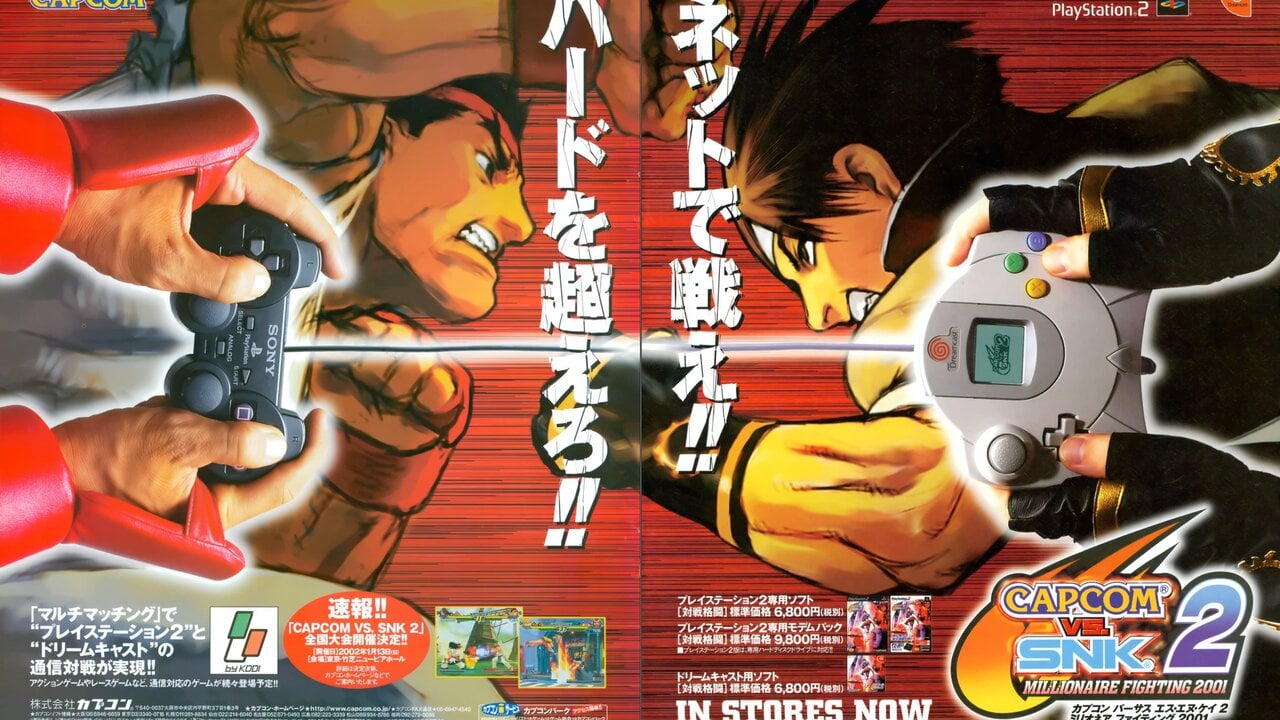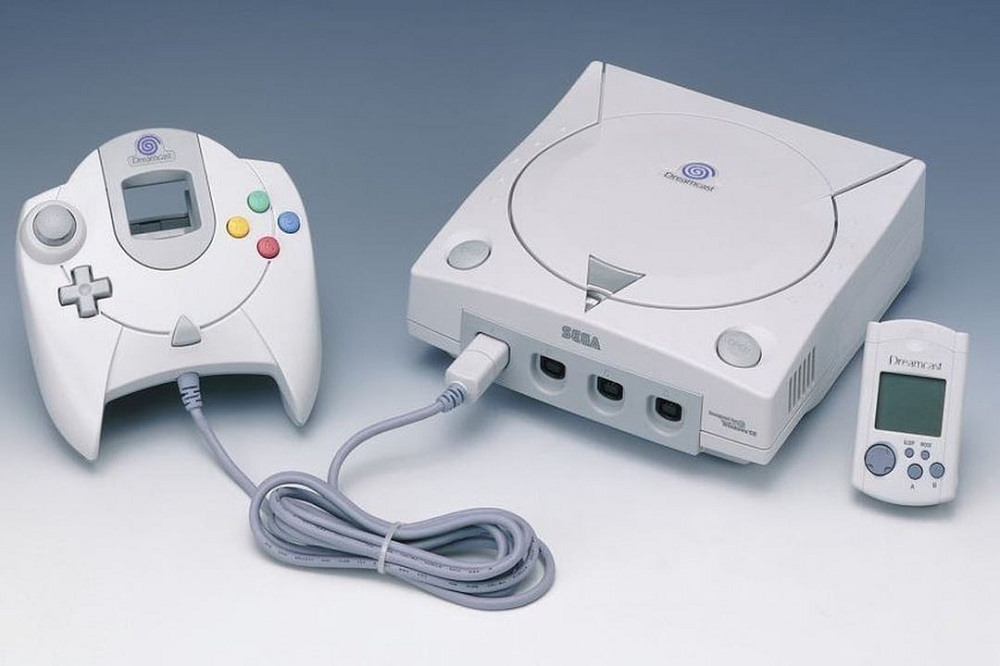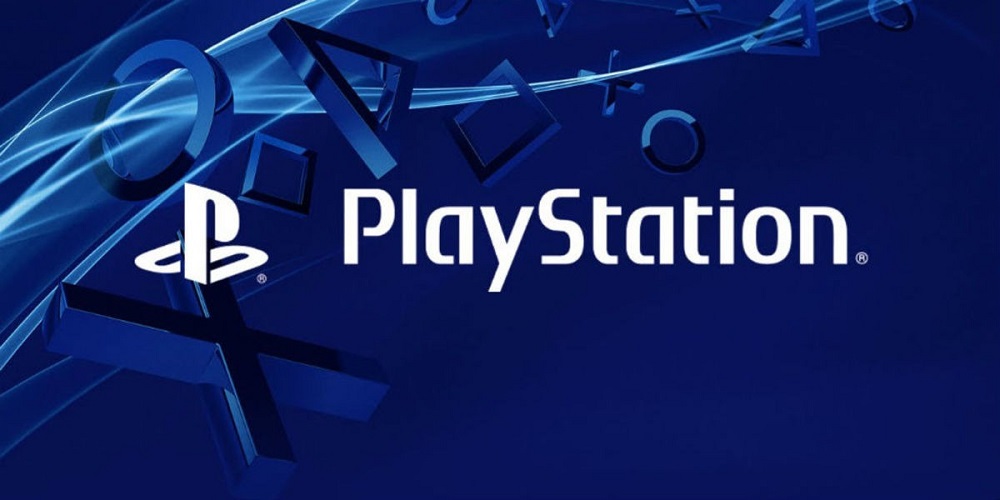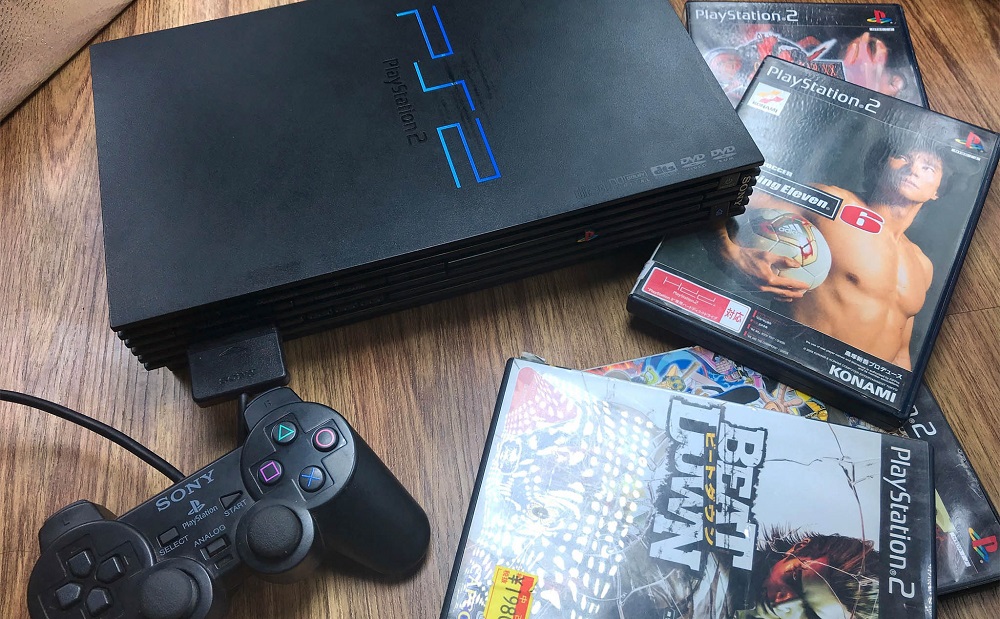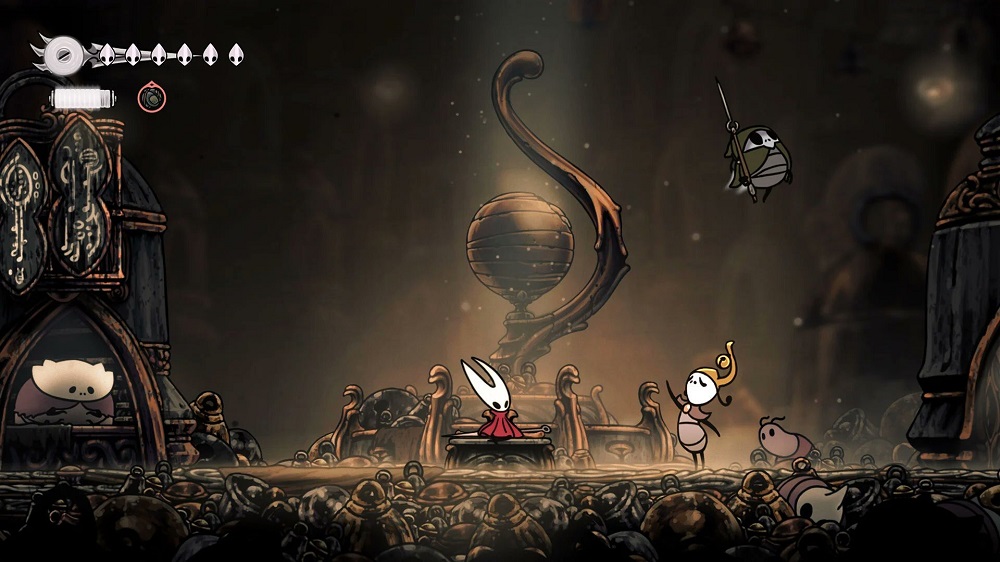At the turn of the millennium, the gaming industry stood at a crossroads. Sega, after years of struggles with the Saturn, bet everything on the Dreamcast — a bold, innovative machine that arrived in 1999. Sony, fresh off the success of the PlayStation, prepared to launch the PlayStation 2 in 2000, a console that would rewrite gaming history.
The result? A battle between innovation and momentum, creativity and corporate dominance. While the Dreamcast became a cult classic, the PS2 went on to become the best-selling console of all time.
This article from Oldies Nest explores the 128-bit battle — its hardware, games, marketing, and legacy — and why this clash remains unforgettable.
Dreamcast: Sega’s Final Stand
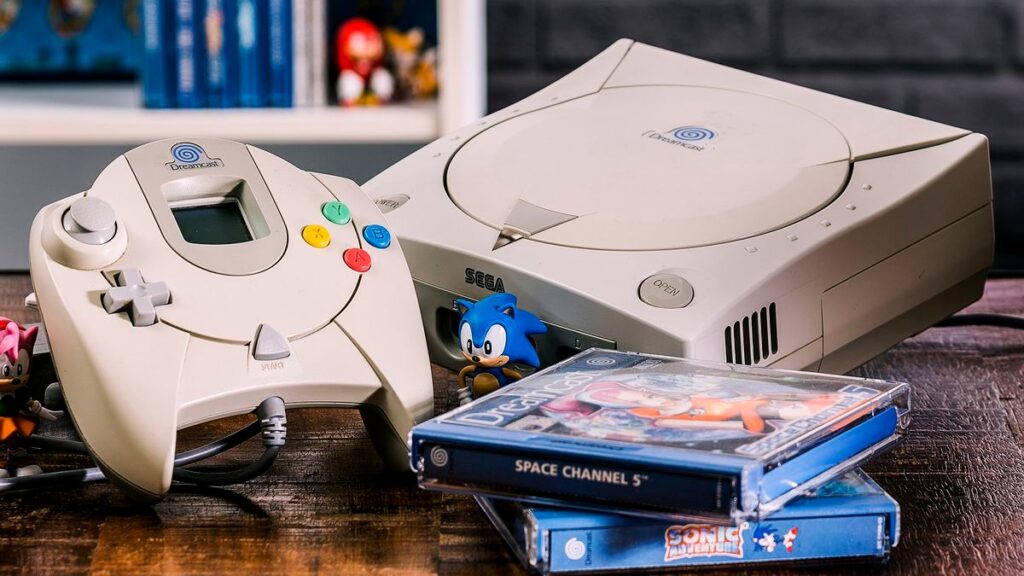
Released in late 1998 in Japan and 1999 worldwide, the Dreamcast was Sega’s bold attempt to reclaim its glory.
- Specs: Powered by a Hitachi SH-4 CPU and PowerVR GPU, it delivered crisp 3D graphics.
- Features: Ahead of its time with a built-in modem for online play.
- Controller: Quirky design with a Visual Memory Unit (VMU), a mini-screen that doubled as a memory card.
Despite its brilliance, the Dreamcast was Sega’s last console, as we’ve explored in Dreamcast: Sega’s Final Console and Its Legacy.
PlayStation 2: Sony’s Dominance Begins
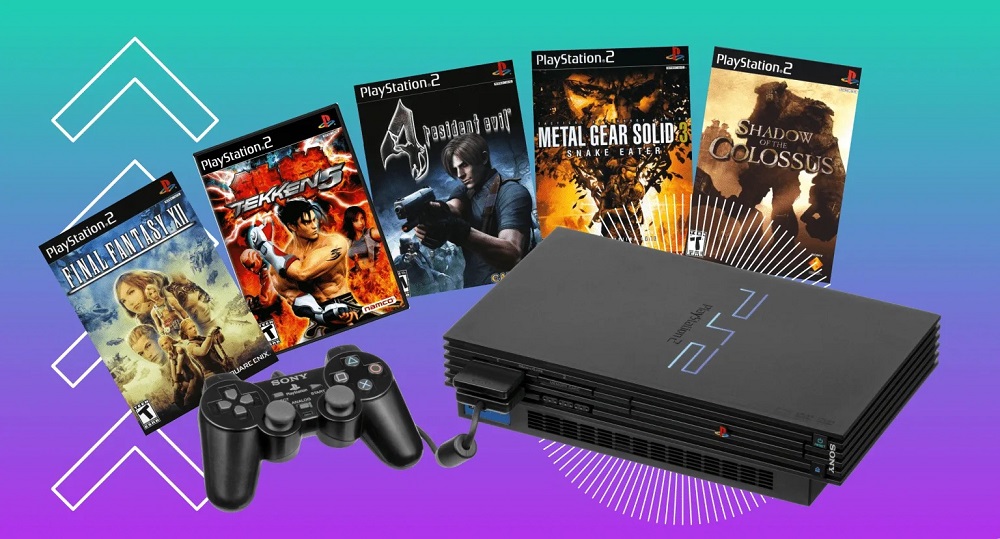
Launched in March 2000 in Japan and later worldwide, the PlayStation 2 was more than a console — it was a cultural event.
- Specs: “Emotion Engine” CPU, impressive graphics, and strong backward compatibility.
- DVD Playback: Its ability to play DVDs made it a mainstream household device.
- Price Advantage: At $299, it doubled as both a console and a DVD player, undercutting the Dreamcast’s $199 appeal.
The PS2’s strategy echoed Sony’s earlier masterstroke against Sega Saturn: price, accessibility, and developer support.
Hardware Showdown: Specs and Strategy
The Dreamcast actually had the edge in some technical areas:
- Graphics: Many early Dreamcast games looked cleaner than PS2 launch titles.
- Online Features: SegaNet and built-in modem set the stage for Xbox Live and PlayStation Network.
But the PS2’s strengths were decisive:
- DVD Support: Made it an affordable home entertainment system.
- Backward Compatibility: The entire PlayStation library was instantly playable.
- Third-Party Support: Sony attracted Square, Konami, and Capcom — RPGs and blockbusters that defined the generation.
Sega innovated, but Sony executed a smarter long-term strategy.
Games That Defined the Battle
Dreamcast Standouts
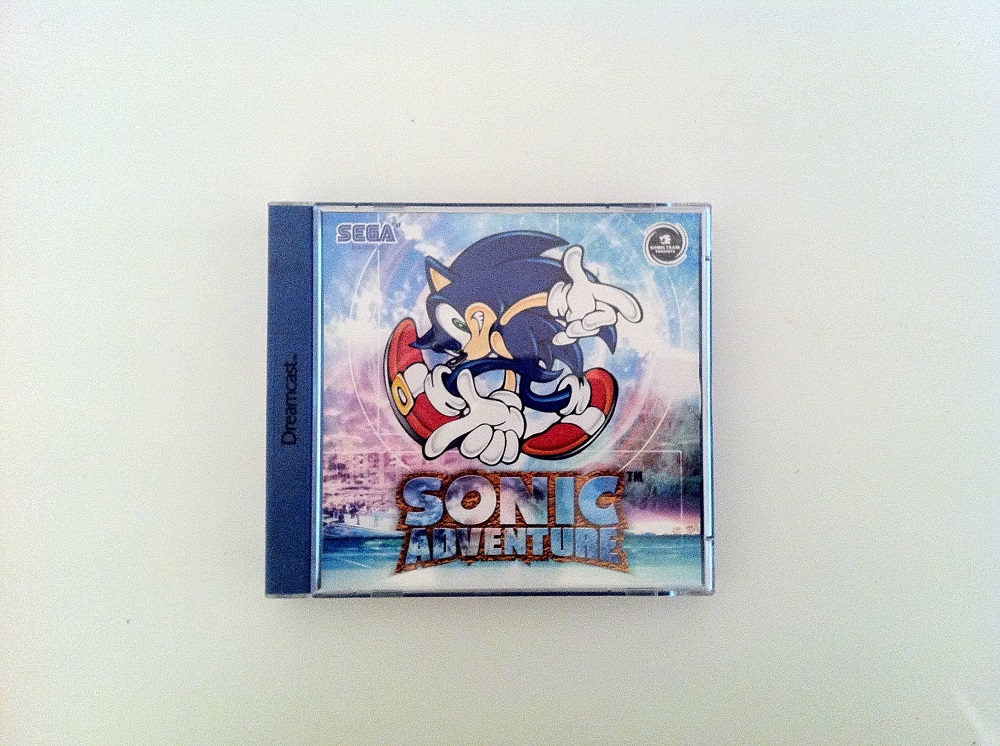
- Sonic Adventure – Sega’s flagship 3D Sonic game.
- Crazy Taxi – Arcade chaos in city streets.
- Shenmue – Ambitious open-world storytelling, decades ahead of its time.
- Soulcalibur – Arguably the best-looking fighting game of 1999.
PlayStation 2 Giants

- Final Fantasy X – A landmark RPG.
- Grand Theft Auto III – Redefined open-world gaming.
- Metal Gear Solid 2: Sons of Liberty – Cinematic storytelling at new heights.
- Gran Turismo 3 – A showcase of realism and depth.
While the Dreamcast had innovation, the PS2 had staying power and third-party juggernauts.
Marketing and Public Perception
Sega marketed the Dreamcast aggressively — “It’s thinking” became its tagline in the U.S. The system launched with hype and strong early sales.
But Sony’s marketing eclipsed it. With promises of the “Emotion Engine” and cinematic graphics, the PS2 became the must-have console.
By including DVD functionality, Sony appealed not just to gamers but also to families looking for affordable DVD players. Sega couldn’t compete.
Why the Dreamcast Struggled
Several factors doomed Sega’s final console:
- Financial Troubles: Losses from the Saturn and Sega’s arcade division.
- Timing: Dreamcast launched too early, and by the time PS2 arrived, hype shifted.
- Lack of Third-Party Support: Many major developers chose Sony instead.
- Consumer Trust: Sega’s rapid hardware failures (32X, Saturn) eroded loyalty.
In contrast, Sony had momentum and market trust.
Legacy of the 128-Bit Battle
Though Sega lost, both consoles left a deep legacy.
- Dreamcast: Remembered as a cult classic, beloved for creativity and daring ideas. Its innovations (online play, VMU, experimental games) influenced future consoles.
- PlayStation 2: Went on to sell over 155 million units, establishing Sony as the market leader and shaping modern gaming.
The 128-bit battle wasn’t just about hardware; it was about strategy, timing, and consumer perception.
Collector’s Appeal in 2025
Today, both consoles are prized by collectors:
- Dreamcast hardware and rare titles like Shenmue or Skies of Arcadia fetch high prices.
- PS2 remains accessible, but complete boxed sets and rare RPGs (Suikoden V, Rule of Rose) are valuable.
For retro fans, both represent milestones — one of bold creativity, the other of unmatched dominance.
Lessons Learned
The Dreamcast vs. PS2 battle teaches us:
- Innovation alone isn’t enough — execution and timing matter.
- Consumer trust is critical — Sega’s missteps cost them.
- Entertainment ecosystems win — Sony’s DVD strategy broadened its audience.
The 128-bit era was Sega’s swan song and Sony’s coronation.
Conclusion: A Battle That Shaped Modern Gaming
In hindsight, the Dreamcast vs. PlayStation 2 battle was less about which was technically better and more about which company understood the market. Sega delivered groundbreaking ideas but couldn’t overcome past failures. Sony capitalized on timing, partnerships, and multimedia appeal to dominate.
For fans, the Dreamcast remains a beloved underdog, while the PS2 stands as a monument to gaming’s mainstream triumph. Both consoles, in their own way, shaped the future we still play in today.
